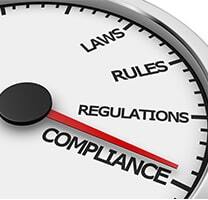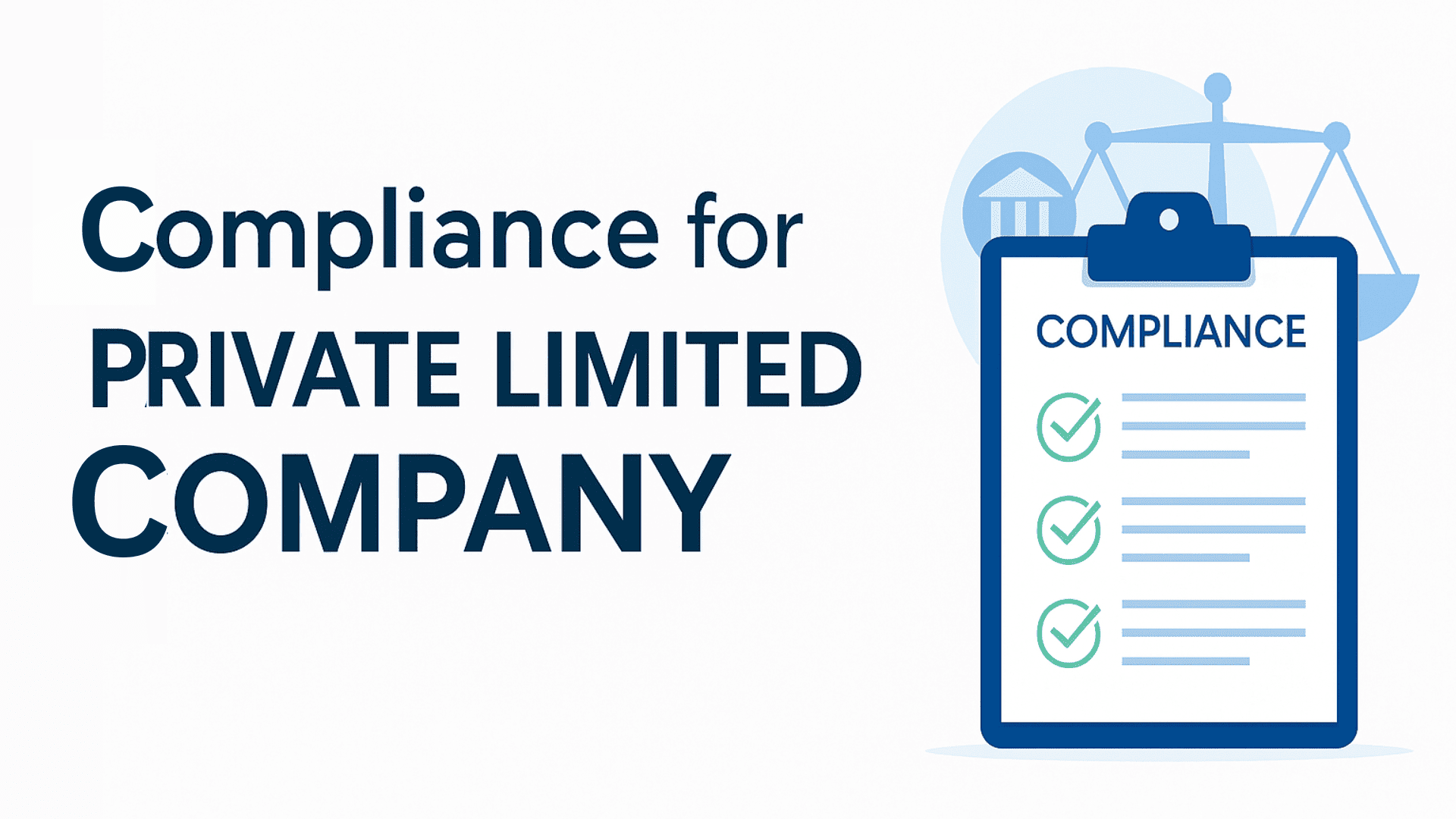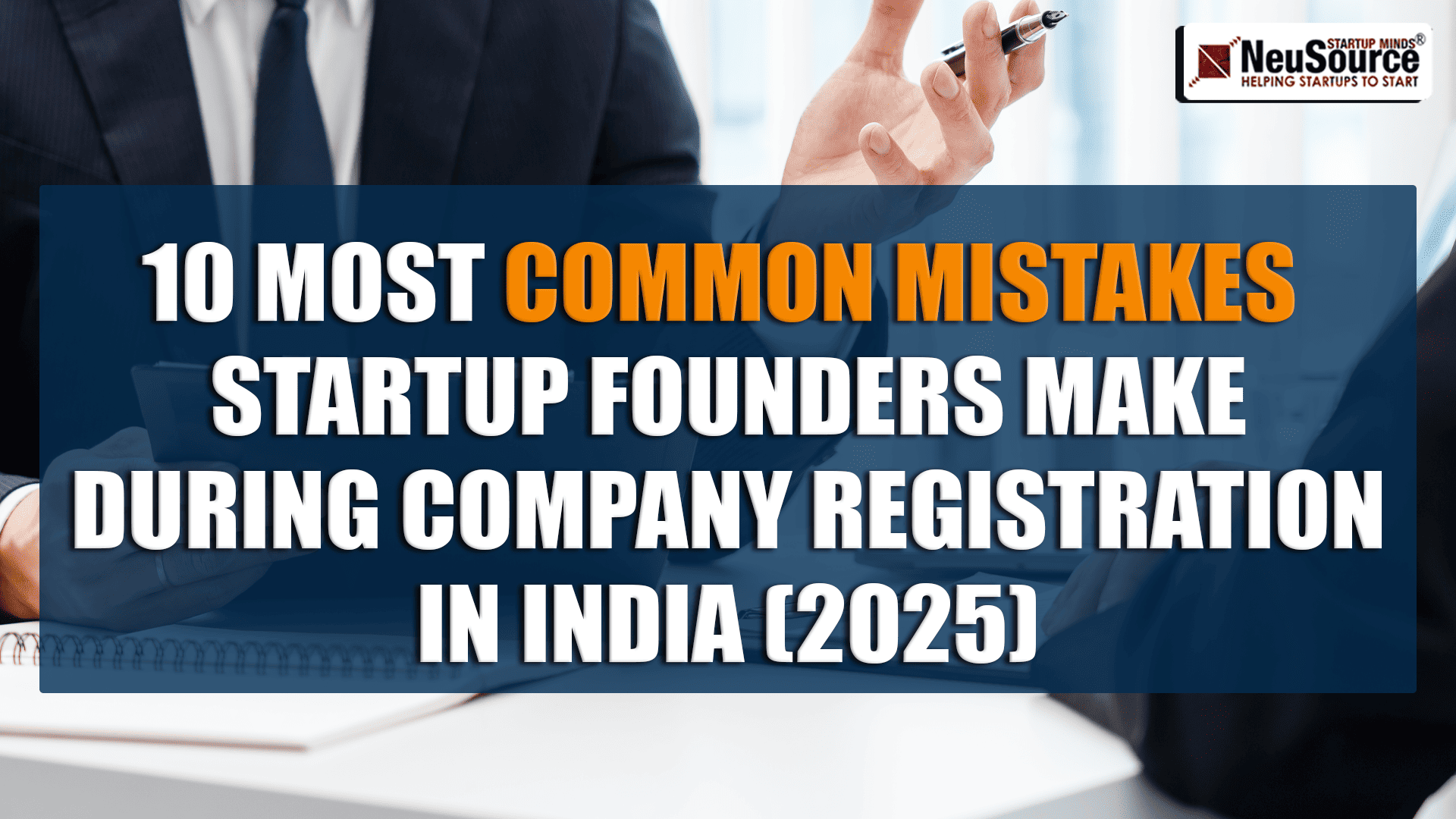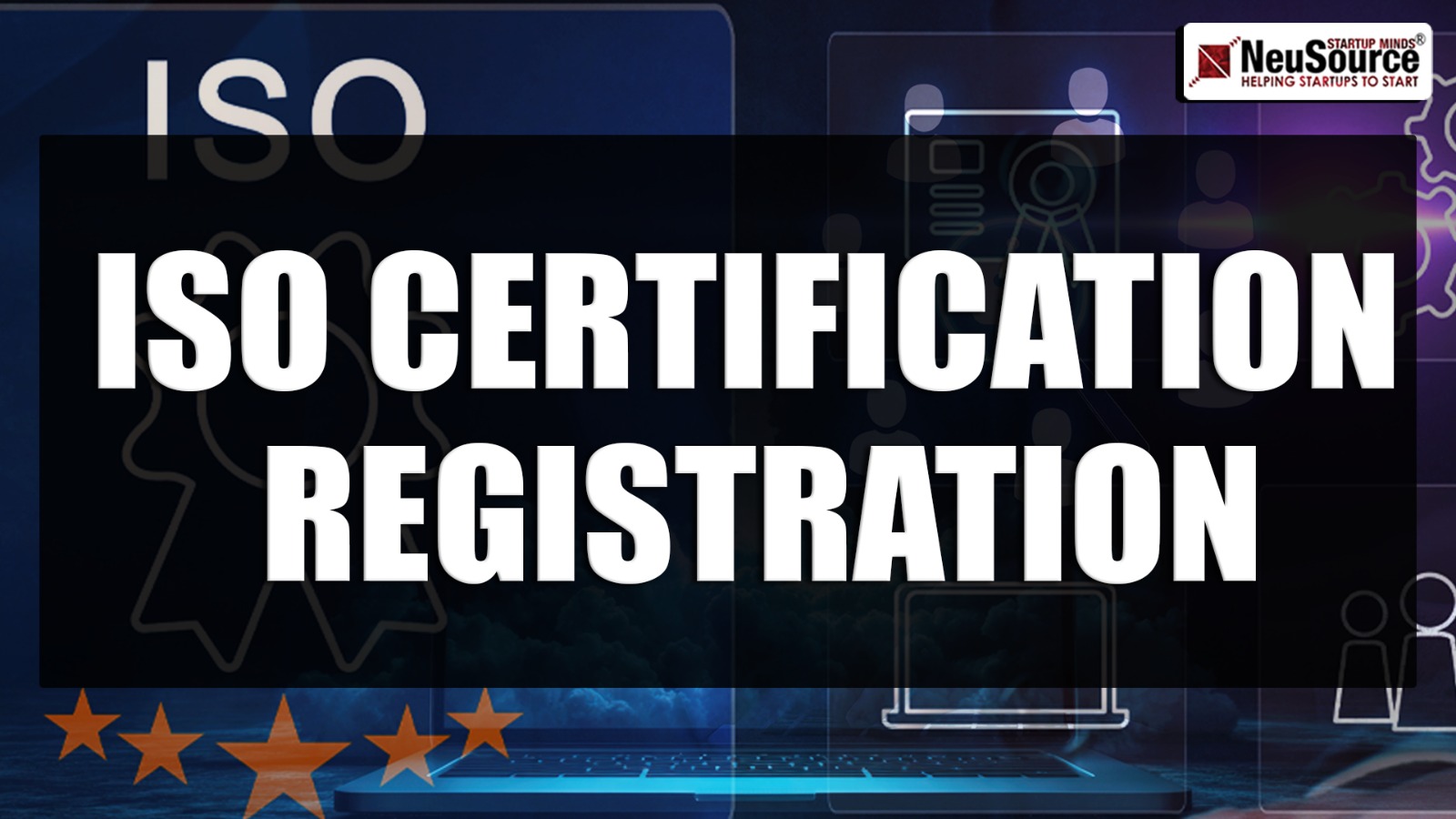PRINCIPLES OF ISO 9001 TO BE FOLLOWED
Principal are basic aspect for ISO collection of quality standards which is able to facilitate you through the method of frequent improvement. Succeeding these principles will support you gain determine get pleasure from these standards.
There are seven principal for quality management which are mentioned below:
• Involvement of individuals
• Customer target
• Leadership
• Process approach
• Improvement
• Evidence-based higher cognitive process
• Relationship management
1. Involvement of individuals
Getting your team involved in the management system: Flexibly discussing issues and allocation of knowledge and experience with your team is precarious to benefiting from ISO 9001 execution. It is essential that everyone in the company understands their part and textures valued for their contribution to its achievement. This will not only help you achieve certification but will also validate your organization’s commitment to improving excellence.
Key Benefits:
- Improved indulgent of the organization’s quality objects by people in the organization and enlarged impetus to accomplish them
- Improved contribution of people in improvement activities
- Improved personal expansion, initiatives and creativity
- Boosted people gratification
- Improved trust and collaboration throughout the organization
- Increased consideration to shared values and nation throughout the organization
Actions you can take
- Communicate with people to promote empathetic of the reputation of their individual contribution.
- Promote association through the organization.
- Facilitate open argument and sharing of knowledge and experience.
- Permit people to determine restrictions to performance and to take initiatives without fear.
- Identify and acknowledge people’s contribution, learning and development.
- Enable self-evaluation of recital against personal objectives.
- Conduct evaluations to assess people’s satisfaction, communicate the results, and take appropriate actions.
2. Customer focus
Focus on your customer and their needs: Developing a durable customer focus may be a brilliant way of representative your obligation to quality. Along with satisfying customers, your business should consider the welfares of other stakeholders, whether owners, personnel, suppliers, stakeholders or the widespread communal.
Key benefits
- Enlarged customer worth
- Increased customer satisfaction
- Improved customer faithfulness
- Improved repeat business
- Improved standing of the organization
- Prolonged customer base
- Enlarged revenue and market share
Actions
- Distinguish direct and indirect consumers as those that receive value from the organization.
- Recognize customers’ current and future needs and opportunities.
- Tie the organization’s objectives to client needs and opportunities.
- Communicate customer needs and prospects throughout the organization.
- Strategy, design, grows, produce, deliver and support goods and services to satisfy customer needs and skills.
- Regulate and take actions on interested parties’ needs and expectations that may affect customer satisfaction.
- Actively manage relationships with clients to realize sustained success.
3. Leadership
Develop a strong management team: Durable leadership means you have a clear idea of your company’s future. Communicating this vision effectually will safeguard your whole team works towards the same objectives. This shared sense of purpose can help increase employee enthusiasm and efficiency.
4. Process approach
Create a process culture: The Plan Do Check Act (PDCA) principle of the ISO 9001 standard will help you promote a process determined values across your organization. This is a proven way of ensuring you strategy, reserve and manages your processes and their interfaces effectively.
By dealing the different areas in your business together, as a collective and interlaced system, you will find that you encourage more effective procedures, making it easier to achieve your objectives. Measuring and appraising these consistent processes will also help you to identify areas for enhancement.
Key benefits
- Improved ability to focus effort on key developments and chances for improvement
- Consistent and expectable outcomes through a system of associated processes
- Improved performance through operative process management, efficient use of resources, and reduced cross-functional walls
- Enabling the organization to provide sureness to interested parties as to its constancy, effectiveness and competence
Actions you can take
- Describe objectives of the system and developments compulsory to achieve them.
- Start authority, responsibility and accountability for management processes.
- Understand the organization’s competences and determine resource constraints prior to action.
- Regulate process interdependencies and analyze the effect of alterations to individual processes on the system as a whole.
- Manage processes and their interrelations as a scheme to realize the establishment’s quality objectives effectively and efficiently.
- Ensure the necessary information is available to operate and recover the processes and to monitor, analyze and evaluate the presentation of the overall system.
- Manage threats that can affect outputs of the developments and overall outcomes of the quality administration system.
5. Improvement
Embrace continual improvement: Continual development is essential to the ISO 9001 Quality Management System and should be your organization’s essential objective. Following the standard’s compulsory procedures will permit you to react quickly and competently to opportunities, giving you a competitive advantage and leading to continual success.
Key benefits
- Recital, organizational competences and customer gratification
- Improved focus on root-cause examination and determination, followed by prevention and counteractive actions
- Enhanced ability to anticipate and react to internal and external hazards and opportunities
- Heightened consideration of both incremental and breakthrough improvement
- Improved use of learning for Enhanced drive for innovation
Actions you can take
- Encourage establishment of improvement objectives at all levels of the organization.
- Instruct and train people at all levels on how to apply basic tools and procedures to achieve improvement objectives.
- Confirm people are competent to effectively promote and complete development projects.
- Track, review and audit the development, implementation, completion and results of upgrading projects.
- Recognize and recognize improvement.
6. Evidence-based decision making
Base your decisions on facts: Accurate and reliable data is essential for making knowledgeable decisions. You should make such evidence available to all who need it in the organization. This will improve communications, determination continual perfection and help you reach your business objectives.
Key benefits
- Upgraded executive processes
- Improved assessment of process routine and ability to accomplish objectives
- Improved effective effectiveness and proficiency
- Enlarged ability to review, experiment and change views and results
- Increased ability to establish the efficiency of past decisions
Actions you can take
- Regulate measure and display key indicators to demonstrate the organization’s performance.
- Make all figures needed available to the relevant people.
- Guarantee that data and evidence are sufficiently accurate, reliable and secure.
- Analyze and evaluate data and evidence using suitable methods.
- Ensure people are experienced to analyze and evaluate data as needed.
- Make decisions and take actions based on evidence, stable with experience and intuition.
7. Relationship management
Develop mutually beneficial relationships with suppliers: Your suppliers can be a source of modest advantage but it requires a relationship built on belief. Creating such lasting dealings with suppliers and other interested parties means complementary short-term financial gains with long-term, mutually helpful plans.
Key benefits
- Improved performance of the organization and its attentive parties through responding.
- to the prospects and constraints related to each absorbed party
- A well-managed supply chain that provides a unchanging flow of goods and services.
Actions you can take
- Regulate relevant concerned parties (such as suppliers, partners, customers, stakeholders, employees, and society as a whole) and their relationship with the organization.
- Pool and part information, skill and properties with relevant interested parties.
- Boost and identify improvements and accomplishments by suppliers and partners.
Conclusion
Applying these seven quality principles throughout, your ISO 9001 certification procedure can convey plentiful benefits. These include enhancements to customer satisfaction and faithfulness, increased employee inspiration and efficiency, and more efficient use of resources. Continually consolidations your processes will also upsurge proceeds and enable you to create marketplace share by answering rapidly to new chances.
For further queries please contact us on: Email Id Swati@neusourcestartup.com and Phone Number 9540026175.
The NeuSource Startup Mind is the finest business startup consultant that offers various services of registration like Proprietorship Firm Registration, Partnership Firm Registration, LLP Registration, Company registration, GST Registration, Copyright Registration, ISO Registration Trademark registration and other FSSAI License etc.
CS Jagriti Mehndiratta
Success usually comes to those who are too busy to be looking for it and there’s no shortage of remarkable ideas, what’s missing is the WILL to execute them. Neusource will help you out in flourishing you idea into remarkable ones.










































































